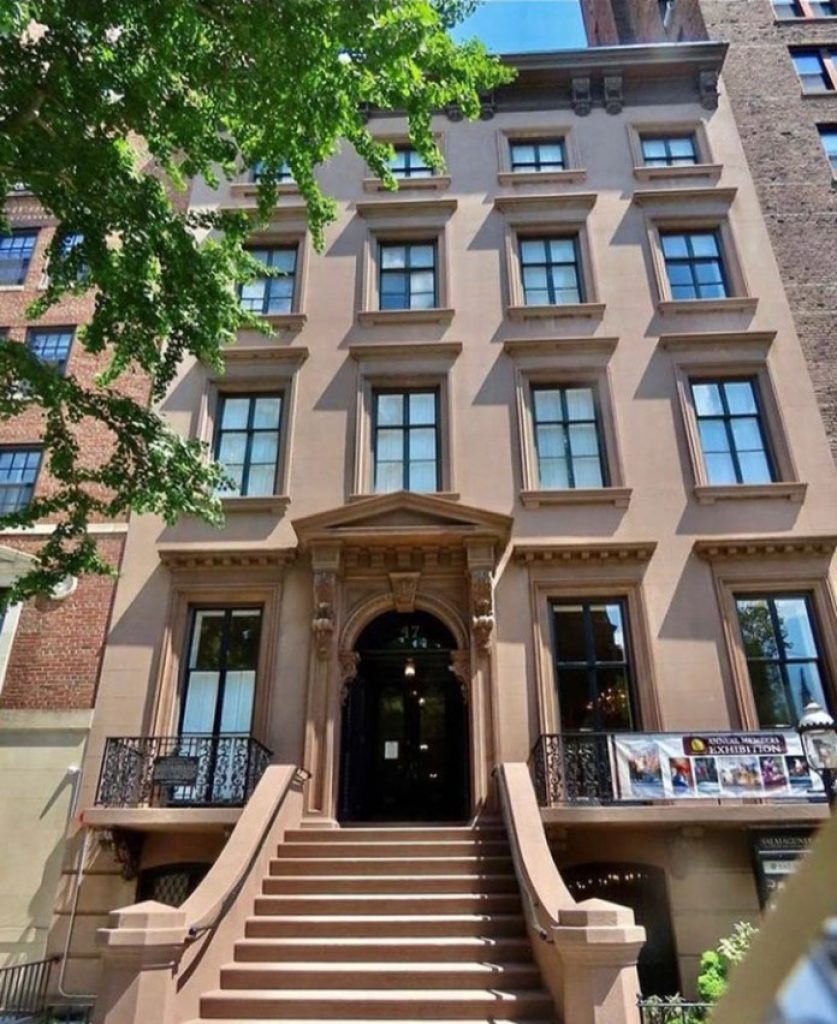In the history of the city of New York, private clubs have an important chapter and to this day there are several private clubs, which operate by offering their facilities as well as social and cultural activities to their members, one of them is the Salmagundi Club.
This year the Salmagundi Club celebrated its one hundred and fifty years of existence. It was created in 1871 by artists and patrons to support each other and is one of the oldest arts organizations in the United States, despite which it is a point almost unknown by the majority of Latin Americans in the city.
The oldest club devoted to artists and intellectuals in New York City was the Century Association, founded in 1847 by the poet and newspaper publisher William Cullen Bryant, the club’s roster was initially limited to just one hundred men, making it in the most exclusive club in town.
The first clubs arose around universities and educational entities, but after the civil war, clubs proliferated for artistic purposes, thus the Lotos Club (1870) was born, which received its name from a stanza of a poem by Tennyson and the Salmagundi Club (1871), which took its title and literary inspiration from a collection of stories by the writer Washington Irving.
Since 1917 the Salmagundi Club has had its headquarters in the building located at 47 Fifth Avenue in Manhattan. Despite the fact that during the 1860s and 70s, clubs tended to cluster around the Union Square area and some pioneering New Yorkers moved to the new Central Park area, it was still considered old-fashioned to live on 34th Street. and club life reflected this.
SURVIVOR OF AN ERA
Most of the original club buildings from this era in New York City are gone. All previous versions of the Union Club before its current location on the Upper East Side have been razed; the original Lotos Club on Irving Place was where the Con Edison tower was later built; the large Union League Clubhouse on 17th Street was razed.
But the Salmagundi Club maintains its headquarters where it has been operating for one hundred and four years. The word salmagundi is derived from the French word salmonids, which means a disparate set of things, ideas or people, forming an incoherent whole. Salmagundi is used figuratively in modern English, to mean a mixture or variety of things.
Salmagundi was established in 1871 as a club to promote the visual arts and its members include such notable artists as Thomas Moran (1837-1926), William Merritt Chase (1849-1916), Louis Comfort Tiffany (1848-1933), Emil Carlsen ( 1848-1932), NC Wyeth (1882-1945), Childe Hassam (1859-1935), and Winston Churchill (1874-1965).
Current and past members are some of the most recognized names in representational art, including Jacob Collins, Max Ginsburg, Richard Schmid, Daniel E. Greene, Patricia Watwood, David A. Leffel, among others,
The Salmagundi facilities house an art collection that the Club has built up through the generous donations of members and currently owns over fifteen hundred works of art, spanning its entire history.
The permanent collection and current artist exhibits are open to the public and free to the general public and non-members throughout the year. So if you plan to walk down Fifth Avenue in Manhattan, we suggest you don’t forget to stop by the Salmagundi Club, a historic jewel on the most famous avenue on the planet.
